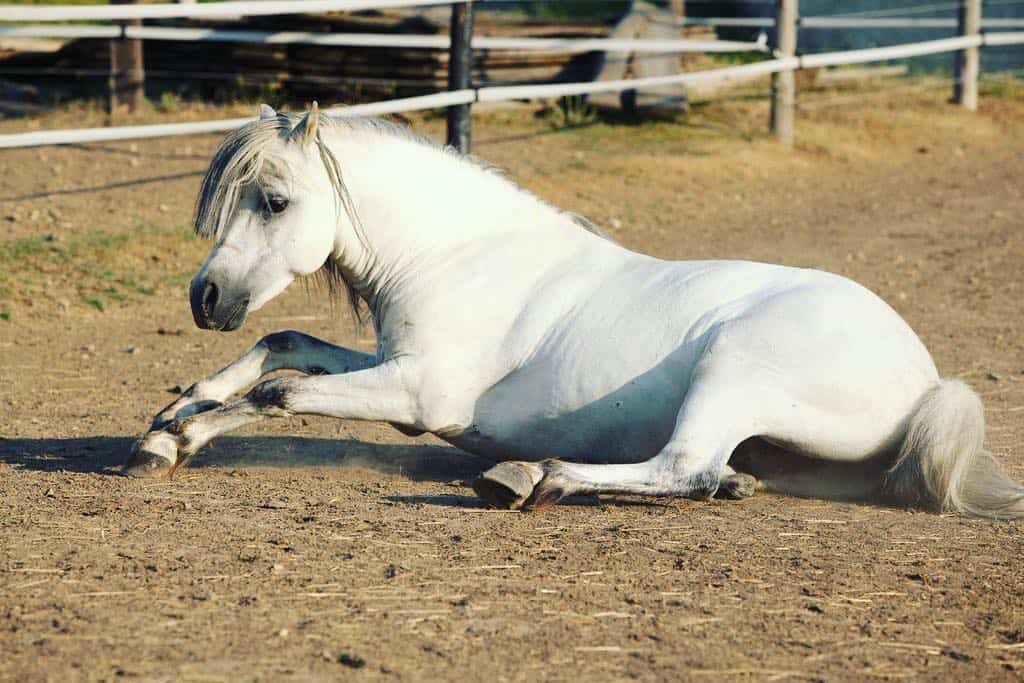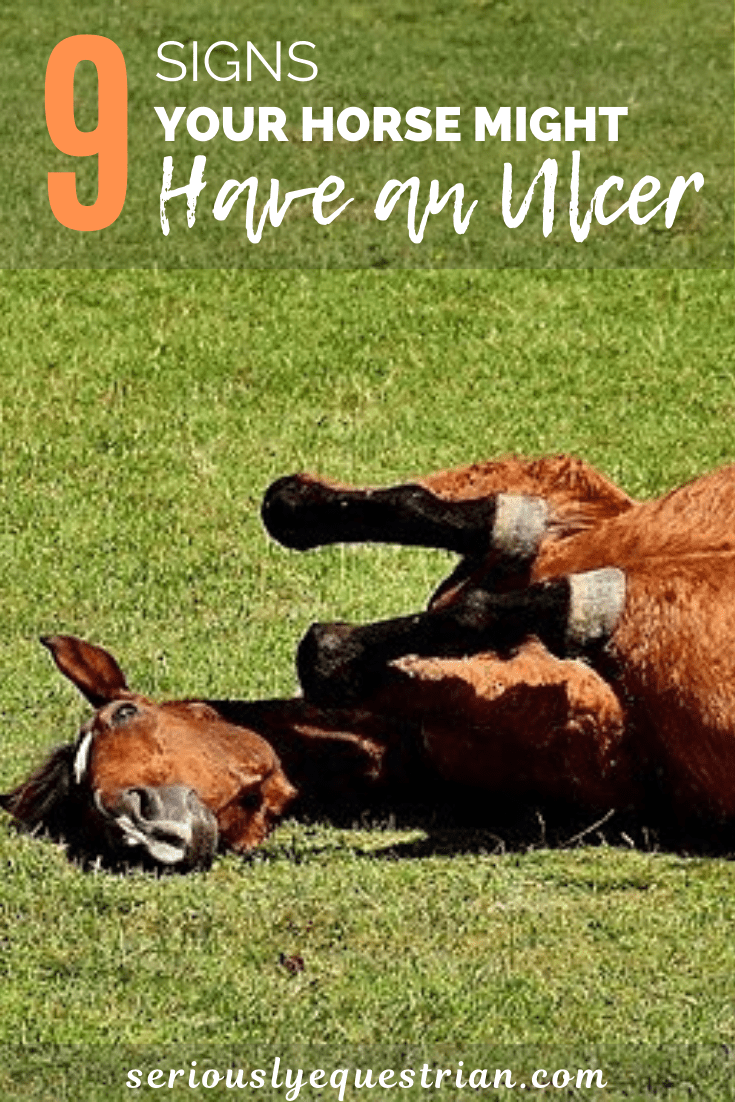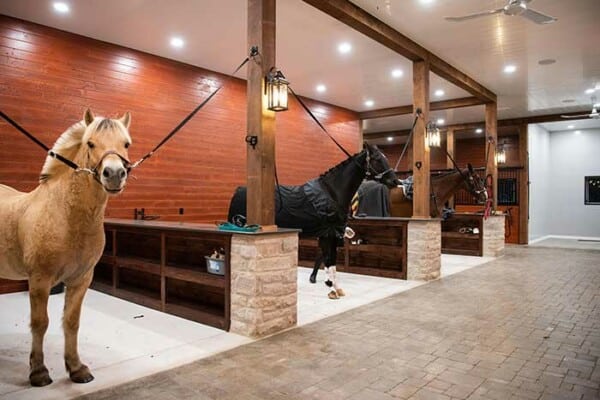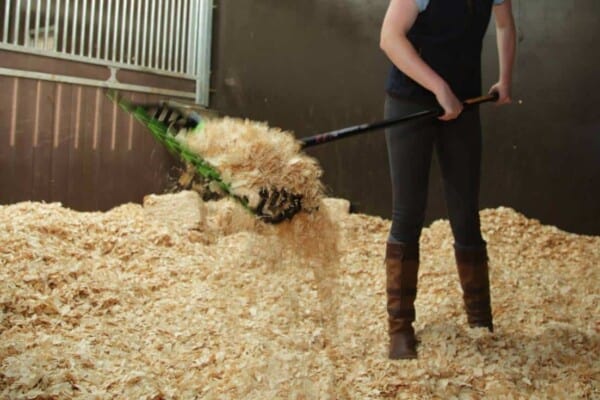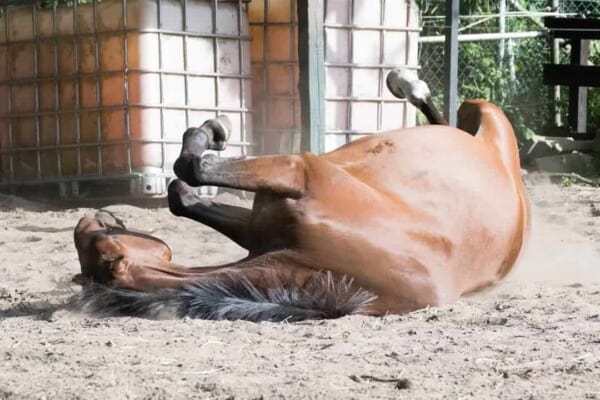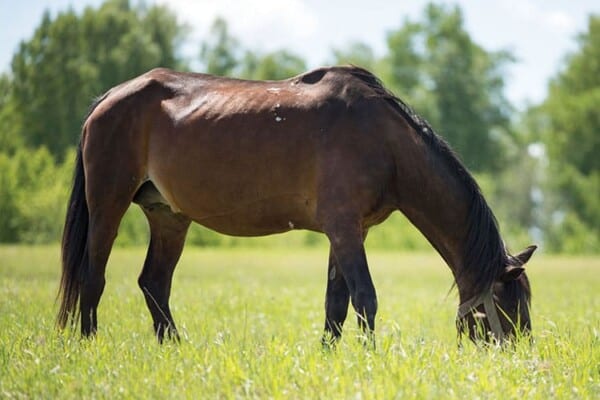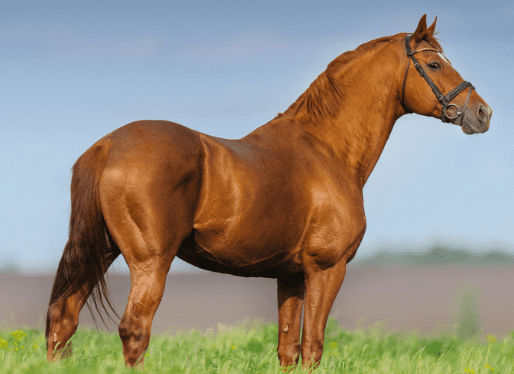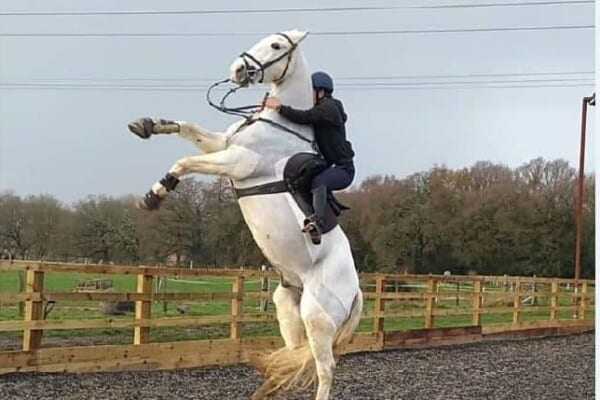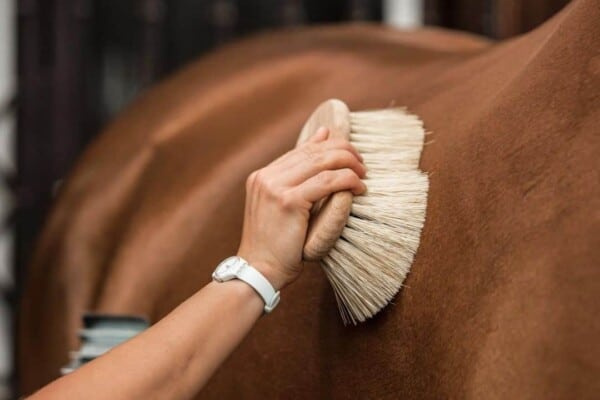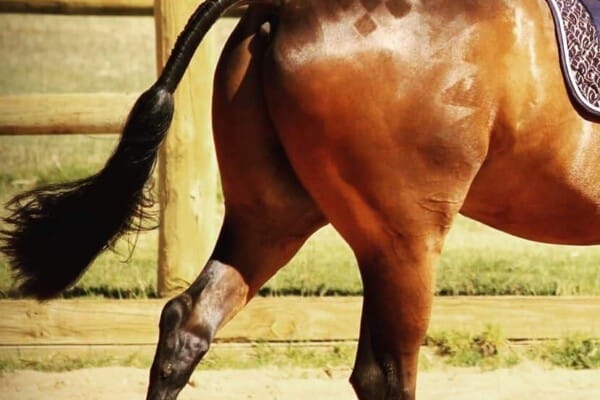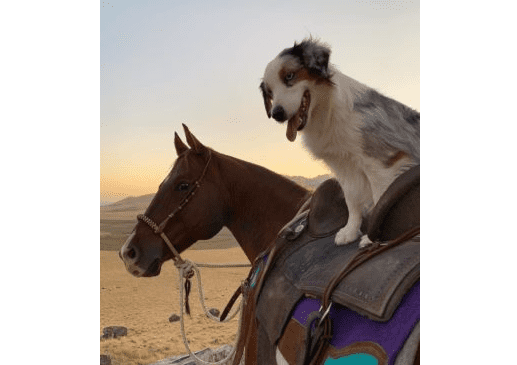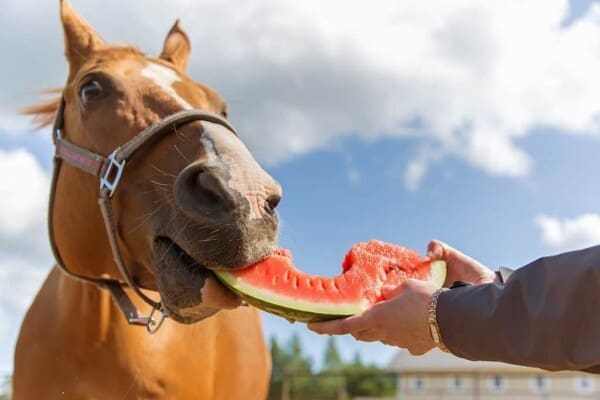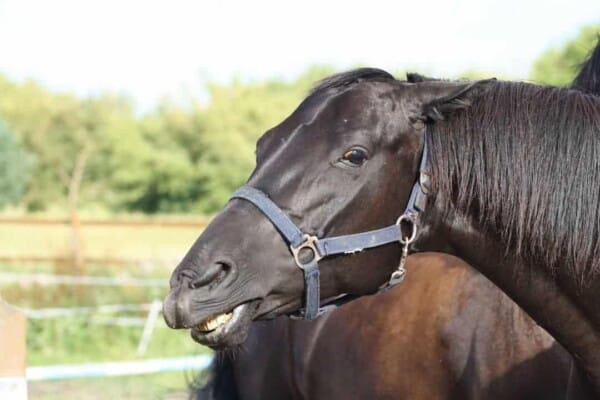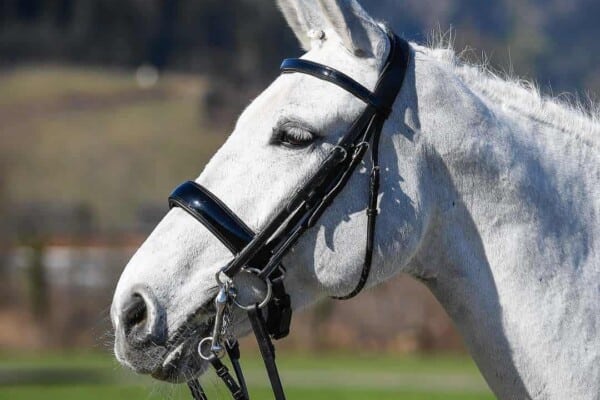Ulcers in horses can be challenging to identify as they sometimes present with quite generic symptoms. Only veterinary diagnosis will confirm whether your horse has ulcers or not but what are the telltale signs that you should keep an eye out for? Read our handy guide and become better informed.
Ulcers can present with a range of symptoms that can easily be attributed to other conditions. If you suspect something is wrong then your vet should evaluate your horse as it could be ulcers or a different issue. Ulcers rarely heal on their own without veterinary intervention. If your horse does have ulcers, your vet will need to determine which type they are as there are two different classifications:
- ESGUS – Ulcers in the upper region of the horse’s stomach which is called the Squamous, really the lower end of the oesophagus lining and the most common of the two types of ulcer
- EGGUS – Ulcers in the lower glandular region of the horse’s stomach
These are some of the symptoms a horse with ulcers can exhibit:
- Weight loss – this is so easy to attribute to other factors such as time of year, poor grazing or the stress of competition. Your horse should always have access to long fiber either when stabled or in the field when the grass is poor or limited. This dietary regime is actually an important factor in managing current ulcers but based on this program, there should really be no environmental cause for unexplained weight loss. Some horses may lose condition and muscle tone as uncomfortable ulcers can affect the way they move under saddle and impact on their ridden work.
- Resistance when ridden – this can manifest in lots of different ways and maybe subtle and inconsistent right through to an obvious change of behavior. It is important to make sure there are no other underlying causes which could be contributing to a behavioral change such as a saddle fitting issue, a sore back or even a change of rider to someone less competent.
- Irritability in general – some horses change from a normal sunny attitude and become grumpy and maybe even start to bite or kick. You might notice this during grooming or perhaps girting up. Other horses can just be withdrawn and less engaged. Horses are very good at hiding things.
- Lack of energy – horses that normally move forward well off the leg can become sluggish and reluctant but it is all a matter of degree. A regular rider should be able to spot loss of stamina when there is no other predisposing cause for this. You might also notice your horse lying down more than usual either in the stable or the field.
- Reduction in performance – competition horses may be reluctant to extend or collect when previously there does not seem to be a limitation on their performance, some horses become more resistant to bend as ulcers make elasticity in the horse’s body uncomfortable. You might even feel intermittent unlevel steps behind in the way the horse’s moves.
- Loss of appetite – failing to finish feeds or hay in the usual way should ring some alarm bells if there is no other obvious cause such as turnout out onto spring pasture. Some horses can just lose interest in feed and need a change so this on its own would not be enough to lead you to a conclusion that your horse has ulcers.
- Colic type symptoms – horses which are uncomfortable in their stomach may exhibit mild colic type symptoms such as swinging around and staring at their flanks or showing discomfort when touched in this area. Some horses may get diarrhea.
- Stable vices – ulcers cause stomach discomfort and can in some horses lead to stable vices such as teeth grinding, cribbing, wind sucking or weaving. The stress and agitation of these vices will actually make any ulcers worse through the increased production of stomach acid.
- Dull staring coat – horses with ulcers may just not thrive as they should, a shiny coat can be changed to a dull coat and the horse’s eye may lack brightness and vitality.
It is quite important before considering the potential for ulcers to rule out other obvious issues such as the horse’s teeth, comfort in his back, the saddle fit and any potential farriery issues. Most horses with ulcers will present with several of these indicators, not just one or two. It is impossible to tell just from the horse’s behavior which type of ulcer he may have. The two types of stomach ulcer present with identical symptoms and you can also get ulcers in the colon.
Diagnosis of ulcers is made via a gastroscopy, an endoscope guided through the horse’s nostrils and then down the oesophagus into their stomach. There is a camera and light on the bottom of the endoscope which allows the vet to view the lining of both the stomach and the oesophagus determining the extent and level of any ulcers present. This is done under standing sedation and only takes about 20 minutes. It is necessary to observe a 12-hour fast prior to the procedure and 4 hours abstinence from water so that the vet is able to adequately assess the stomach without any contents.
Equine ulcers are quite treatable with a range of medications and dietary supplementation available for the vet to choose from. The presence of ulcers may require a review of management techniques and routines to help support treatment and crucially, prevent any re-occurrence. Some horses are simply more prone to ulcers due to temperament or lifestyle, i.e. competition horses who travel frequently and stable away from home and some horses are just more anxious and stressful in their characters. The golden rules of good horse management are never far away – allow your horse as much access to pasture as possible and always ensure he a constant supply of hay available when stabled.

